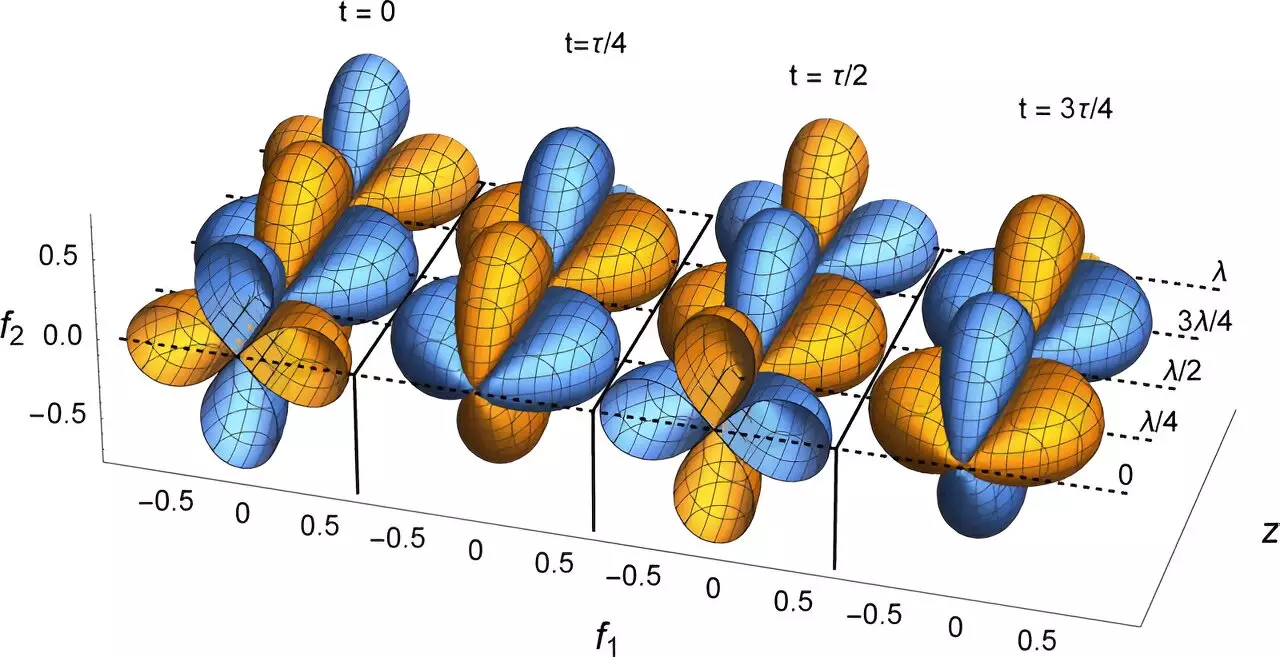The complex and enigmatic nature of gravitational waves has long presented a challenge for scientists aiming to observe these elusive cosmic phenomena. When black holes collide, sending ripples through space and time, the resulting gravitational waves carry crucial information about the universe. However, the monumental task of detecting these waves, as predicted by Einstein’s theory of general relativity, has required the construction of massive telescopes spanning kilometers in size.
In a groundbreaking study published in Physical Review B, researchers from the Okinawa Institute for Science and Technology (OIST), the University of Tohoku, and the University of Tokyo have proposed a groundbreaking method for simulating gravitational waves on a laboratory bench. By harnessing the quantum condensate of cold atoms, the team discovered a remarkable analog for gravitational waves, opening up new possibilities for exploration and study in a controlled experimental setting.
The team’s focus on a specific type of Bose-Einstein Condensate (BEC) known as spin nematics unveiled a striking resemblance to the behavior of gravitational waves. Unlike traditional liquid crystals found in everyday devices like smartphones and televisions, quantum particles in a spin-nematic state exhibit wave-like properties that mirror those of gravitational waves. This realization marks a significant step forward in the quest to unlock the mysteries of these cosmic phenomena.
Professor Nic Shannon, senior author of the study and head of the Theory of Quantum Matter Unit at OIST, emphasizes the importance of bridging theoretical concepts with experimental findings. By leveraging their expertise in quantum phenomena and cold atom systems, the team was able to draw parallels between the behavior of spin nematics and gravitational waves, paving the way for innovative research in the field of astrophysics.
Dr. Leilee Chojnacki, lead author of the study, reflects on the beauty of physics in uncovering similarities between seemingly disparate phenomena. By delving deep into the mathematical structures underpinning both spin nematics and gravitational waves, the researchers have demonstrated the interconnectedness of the physical world, shedding light on the profound intricacies of the universe.
As the scientific community continues to delve into the realm of gravitational waves, the novel approach proposed by the OIST team offers a unique pathway for further exploration and discovery. By merging cutting-edge technology with fundamental principles of quantum physics, researchers are poised to unravel the mysteries of the cosmos and expand our understanding of the universe in ways previously thought impossible.


Leave a Reply